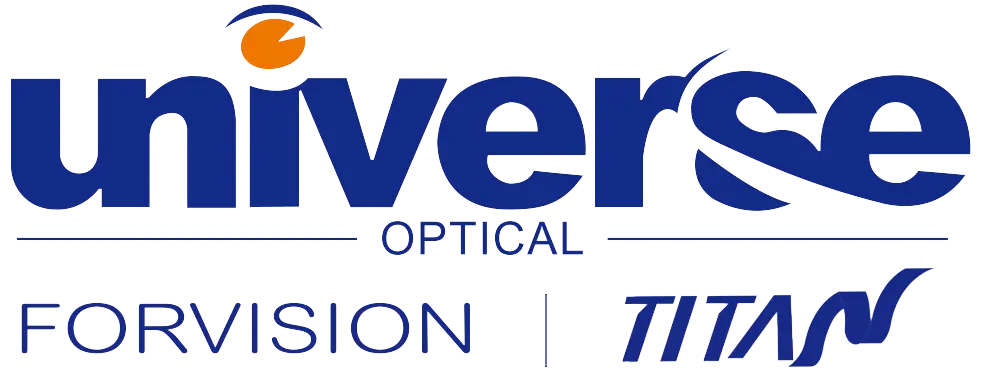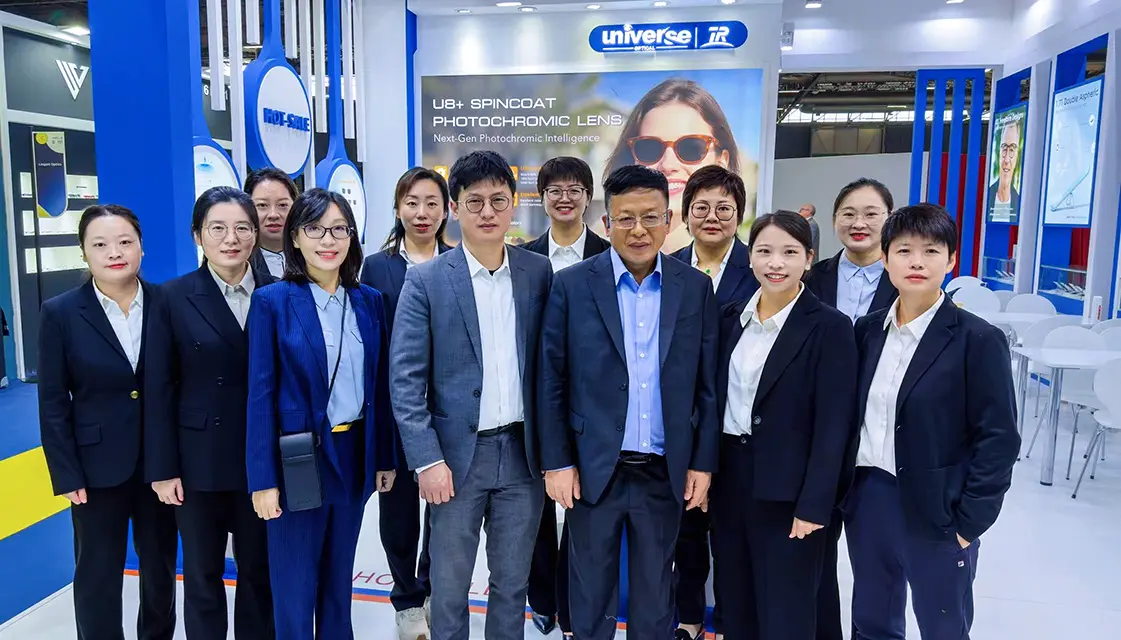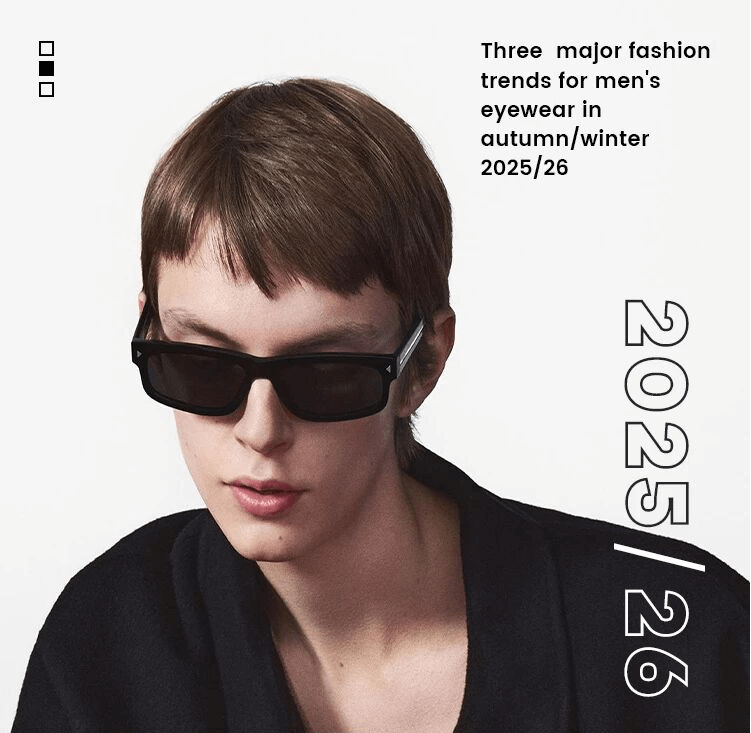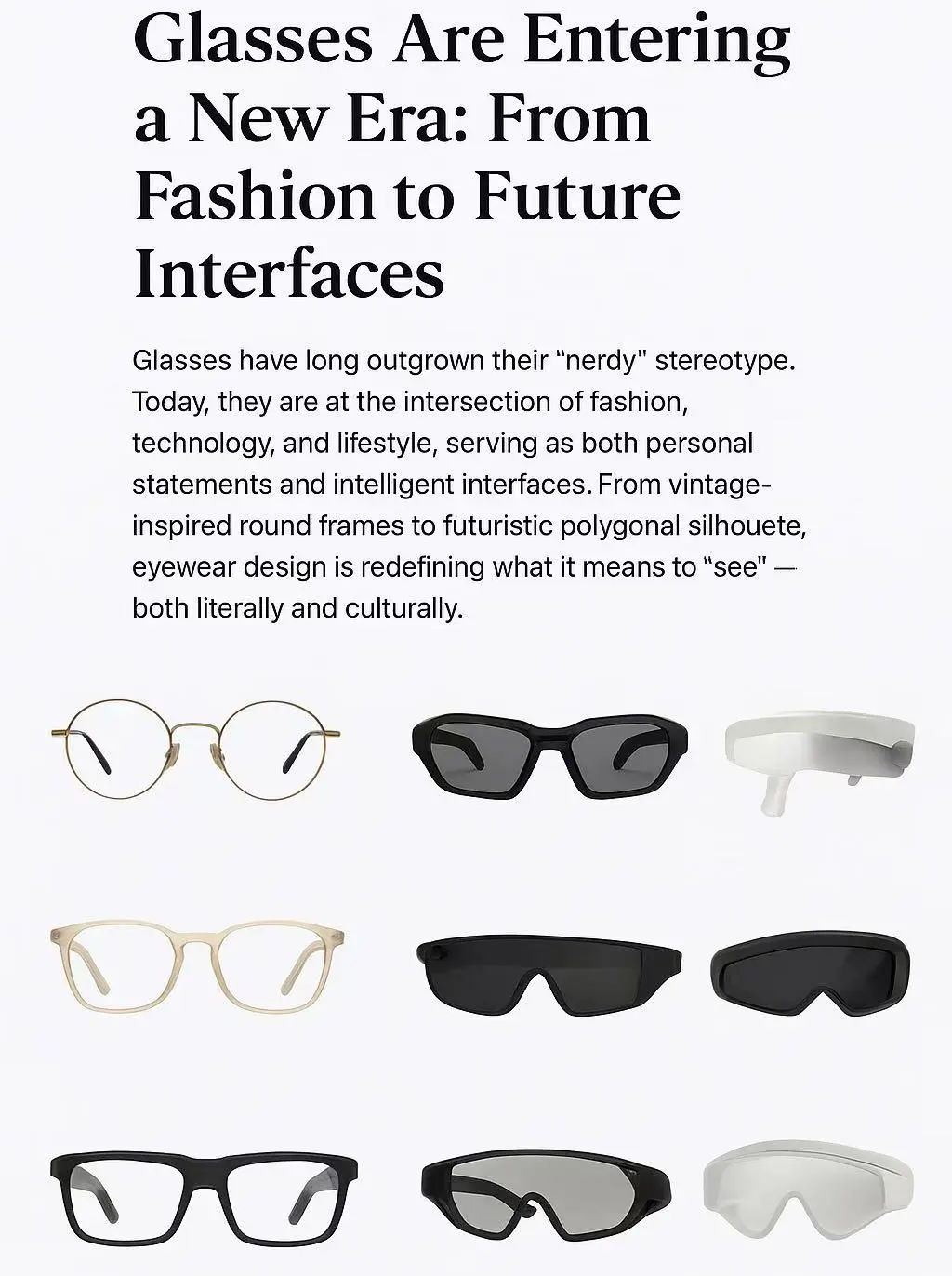Why have sports glasses become so popular? A comprehensive analysis from the market landscape to lens materials
In recent years, with the improvement of national health awareness and the rise of the "self-pleasing" consumption concept, eyewear products are gradually evolving from a single vision correction tool to a consumer category that covers multiple attributes of functionality, fashion and lifestyle. From optical frames to sunglasses, from children's eye protection products to the reading glasses market, the diverse demands of different groups for glasses continue to release new growth potential.
Against this background, sports glasses, as a representative new category that integrates professional sports performance and visual technology, are rapidly rising. Whether it is urban running enthusiasts, cyclists, or outdoor players such as skiing and hiking, the attention to professional eye protection equipment is constantly increasing, which has injected vitality into the development of the sports glasses market.

Sports glasses market landscape
In the sports eyewear lens market, foreign brands are mostly concentrated in the high-end price range, while domestic brands are mostly concentrated in the mid-range and economical price range. Sports eyewear brands can be divided into high-end, mid-range and economical product lines based on the mainstream price range of sports eyewear products on mainstream e-commerce platforms. Among them, the high-end type is mainly dominated by internationally renowned high-end brands, which are usually known for high quality, high performance and high brand value; the mid-range type covers both international brands and domestic brands, which are competitive in terms of cost performance and brand influence; the economical type is mainly suitable for consumers with limited budgets, and can meet consumers' pursuit of cost performance and basic functions.
The lenses of sports optical glasses, sports sunglasses, sports goggles and AR sports glasses are the main lens products in the sports glasses lens market. In recent years, with the increasing interest of Chinese people in outdoor sports, the sports accessories market, especially the sports glasses market, has shown a good development trend. Moreover, as consumers' pursuit of professionalization, personalization and technological innovation in sports becomes increasingly evident, the sports glasses market is gradually being segmented to meet the demands of sports scenarios and consumption. The mainstream sports scenarios include skiing, motorcycle riding, cycling, running, swimming, hiking, etc. As a result, various lens categories such as sports optical glasses, sports sunglasses, sports goggles, and AR sports glasses have emerged to meet consumers' diverse needs for glasses in various sports scenarios.
Frequency and reasons for replacement
According to the survey results, the period for consumers to purchase or replace sports glasses is mainly concentrated within 6 to 24 months, and the average replacement period is 15.6 months; the more important reasons for consumers to purchase or replace sports glasses are that the original lenses are scratched and the original nose pads are easy to slip off. At the same time, because the frames of the glasses are broken or damaged, the glasses are prone to glare, the degree of the glasses has changed, the glasses are uncomfortable to wear, or they are specially configured for specific sports, etc., are all important reasons for consumers to purchase or replace sports glasses. It can be seen that consumers' purchase of sports glasses is not only driven by functionality and durability, but also affected by personal vision and personalized needs.
Consumers’ focus: lenses
When purchasing sports eyewear lenses, consumers prioritize comfort and practicality, expecting better visual protection and wearing experience during sports activities.
According to iResearch survey results, consumers' core concerns when buying sports optical glasses mainly focus on wearing comfort, resistance to breakage or scratches, UV protection, and anti-fogging, with each factor exceeding 50%. They also pay attention to features like anti-fatigue and blue-light blocking. For sports sunglasses, consumers primarily emphasize wearing comfort and resistance to breakage or scratches, both exceeding 50%, while also considering adaptability to different lighting conditions, impact resistance, UV protection, anti-glare, anti-fogging, and other aspects. This demonstrates that consumers demand greater comfort and practicality from sports eyewear, seeking enhanced visual protection and wearing experiences during sports.
In response to consumers' diverse and specialized eyewear needs, sports glasses continue to evolve in design philosophy, functional performance, and material application. As one of the core elements determining wearing experience, visual performance, and safety protection, the choice of lens material is particularly crucial.
Selection of lens materials for professional sports glasses
Generally, polycarbonate (PC) is the preferred material for safety goggles due to its excellent flexibility. When subjected to impact, PC tends to absorb kinetic energy through deformation rather than shattering, making it a common choice for helmets and protective eyewear.
However, if athletes have additional needs beyond injury prevention, other considerations come into play. For those requiring vision correction or specialized lens coatings, higher-index lenses can provide a thinner and lighter design, while lenses with superior coating adhesion help maintain stable performance during long-term training.
MR™ lens material combines exceptional optical clarity, a high refractive index, outstanding tensile strength, and pressure resistance, making it an ideal choice for professional sports eyewear with vision correction needs.
A list of the advantages of MR™ material lenses
High Refractive Index:
The MR™ series offers refractive indices of 1.60, 1.67, and 1.74, enabling significantly thinner and lighter lenses. Compared to standard 1.50 low-index lenses, MR-174™ reduces thickness by up to 40% and weight by up to 29%, minimizing the burden on athletes during wear. This ensures greater comfort and freedom of movement without compromising optical performance.
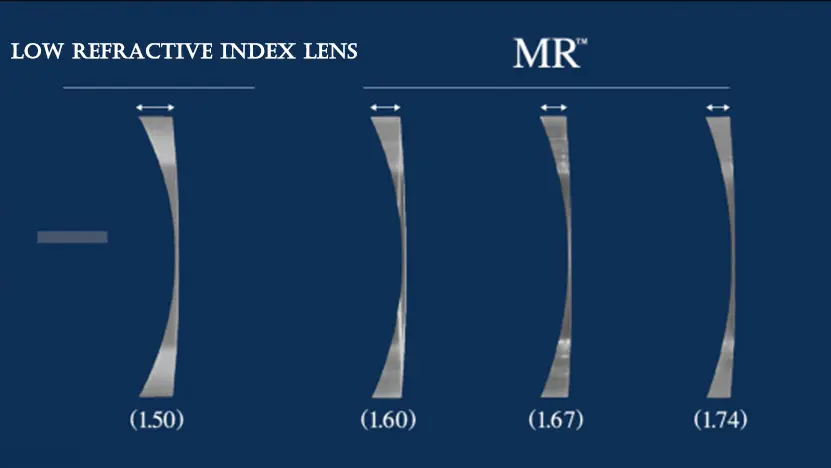
High Abbe Number:
Take MR-8™ as an example—with an exceptionally high Abbe number of 40, it significantly reduces chromatic aberration and color fringing during vision. This ensures clearer sight and sharper dynamic visual acuity, empowering athletes to react swiftly to split-second changes in competition.
High Tensile Resistance:
Tensile testing with aperture stretching confirms that MR™ lens materials exhibit superior resistance to deformation and fracture. Their exceptional durability allows for safe customization into various shapes, meeting the diverse structural demands of high-performance sports eyewear.
Impact resistance:
One of the most important attributes of sports glasses, MR™ material lenses can absorb more impact force during collisions caused by intense sports activities, with a higher fracture threshold, making them less prone to damage.




